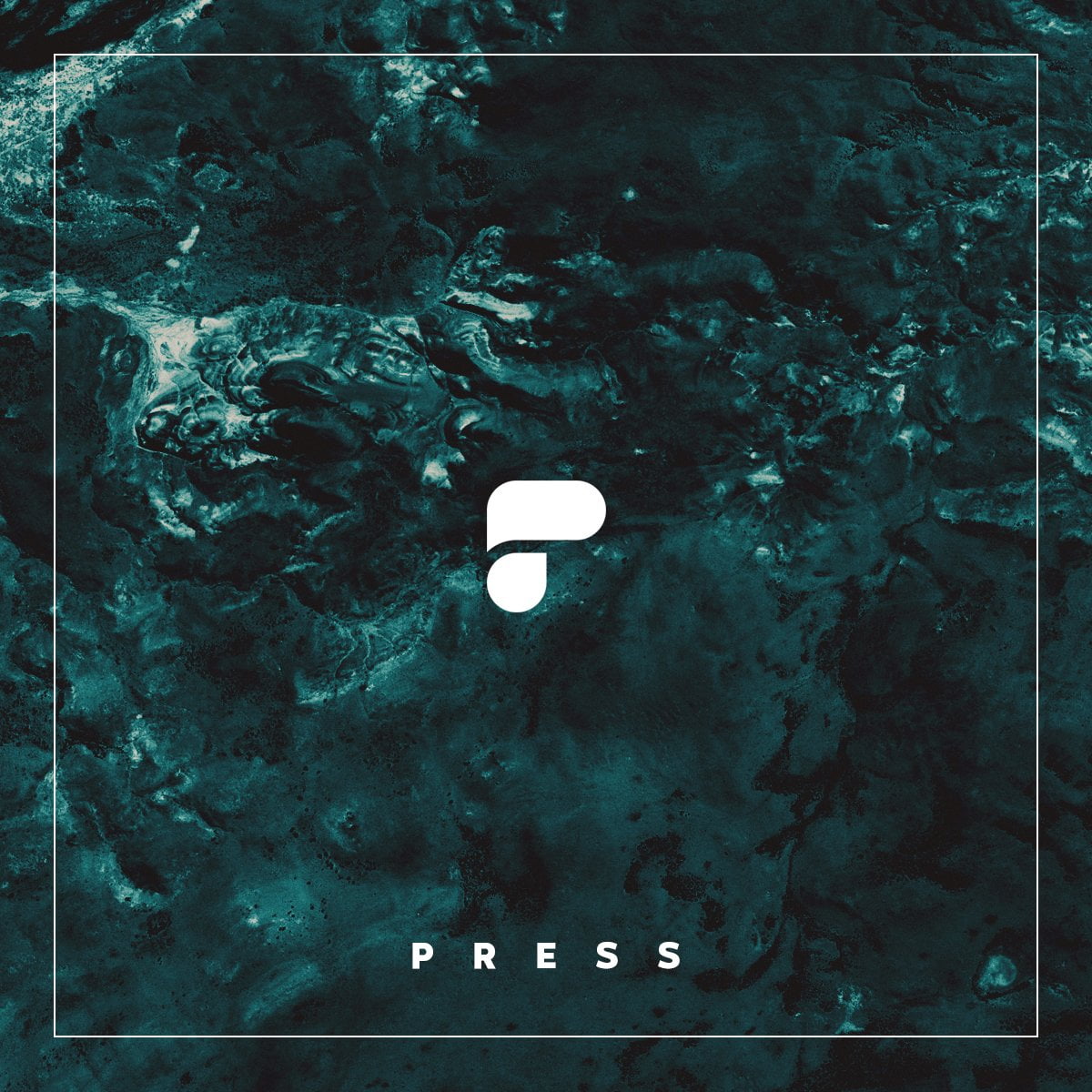ND’s and Landscape Photography
A neutral density filter is a seasoned landscape photographer’s best keep secret. In many circumstances, an ND filter can make the difference between a great photo and an atmospheric work of art.
There are many reasons to use a neutral density filter, the most common to landscape photography are for controlling exposure and the second reason is for more creative control over camera shutter speed.
In addition to filter strengths, or stops, ND’s come in two different types.
Neutral Density

Neutral density filters have an evenly distributed neutral ND coating throughout the lens that provides light filtration by a certain degree, or strength. The strength of the filter can be referred to by f-stops. An ND8 filter, for example, has a coating that blocks, or filters, 3 stops of light from reaching the camera sensor. This allows for longer shutter speeds in bright light conditions that would not be possible without filtering out some light.
In landscape photography, these types of ND filters are good for situations where your entire scene needs to be stopped down, such as shooting a long exposure of the stars, moving clouds, morning fog or running water. Ideally, anything moving in your landscape will exemplify some motion blur depending on the strength of the ND filter you use.
Gradient Neutral Density
Gradient, or graduated, neutral density filters are designed for situations where your scene is not of the same exposure above and below the horizon line.
To compensate for this discrepancy in exposure values, a GND filter features a neutral density coating that is clear on one side and gets darker by a certain amount of stops from the middle of the filter to the opposite side.

If you are shooting a sunset, for example, a gradient ND filter will reduce light by a certain number of stops above the horizon line and won’t affect the image below the horizon line where the filter is clear. The result is an exposure that is correctly balanced above and below the horizon.
For this reason, grads also allow you to keep shooting in fading light or intensifying light without the need to take multiple exposures at different EVs (exposure values) and then bracket in post, saving you both time and a headache.
The downside to grad filters is that they are only really effective when you have a flat, solid horizon line. In a scene where you have a mountain peak popping above the horizon, for example, the filter is going to cause the peak of the mountain to be underexposed compared to the rest of the mountain that is below the horizon. In this case, you may have to take multiple exposures at different EVs (under and over exposing using different apertures [f-number] and shutter speeds) and then bracket in post.Circular or Square?


There are also different shapes to ND filters. Depending on how you want to mount a filter onto your lens, you’ll need to decide whether you’d like a direct circular screw on type or a square/rectangular drop-in filter system that requires a separate filter mount system. If your lens has front threads that accept circular filters, then the circular filter type is the most practical choice for your camera. Determining your lens diameter can be tricky, but just look for the symbol for diameter on the side of your lens, or sometimes on inside of the lens cap: Ø. Note that the lens diameter is not the same as the optical value of the lens, which is expressed in millimeters.
If your camera doesn’t accept filters, you can use the square/rectangular drop-in filter type with the appropriate filter adapter mount.
Camera Settings
Landscape photographers use neutral density filters for creative control over shutter speed.
Landscape photographers tend to use a low ISO value, around 100 for the least amount of noise, coupled with a narrow aperture around f/11 to f/16 to achieve a clear, deep depth of field that captures the entire scene. Shutter speed depends on the ambient levels of light.
In bright daylight, for example, you may need to set shutter speed to 1/125th of a second to achieve a correct exposure. To achieve the same exposure value during sunset as the daylight fades, you would need to drop shutter to around 1/2 of a second to let the same amount of light in for a longer amount of time.
If you want to drag the shutter for a greater amount of time without drastically changing ISO and aperture, you will need to use an ND filter to maintain a proper exposure.

In landscape photography, ND and GND filters are indispensable tools to capture longer exposures, causing moving parts of the landscape (like clouds, water or trees) to blur, creating a specific mood and atmosphere in your work.





Share:
Lens Thread Size and Step Rings 101
ND Filters and ISO; a Direct Relationship